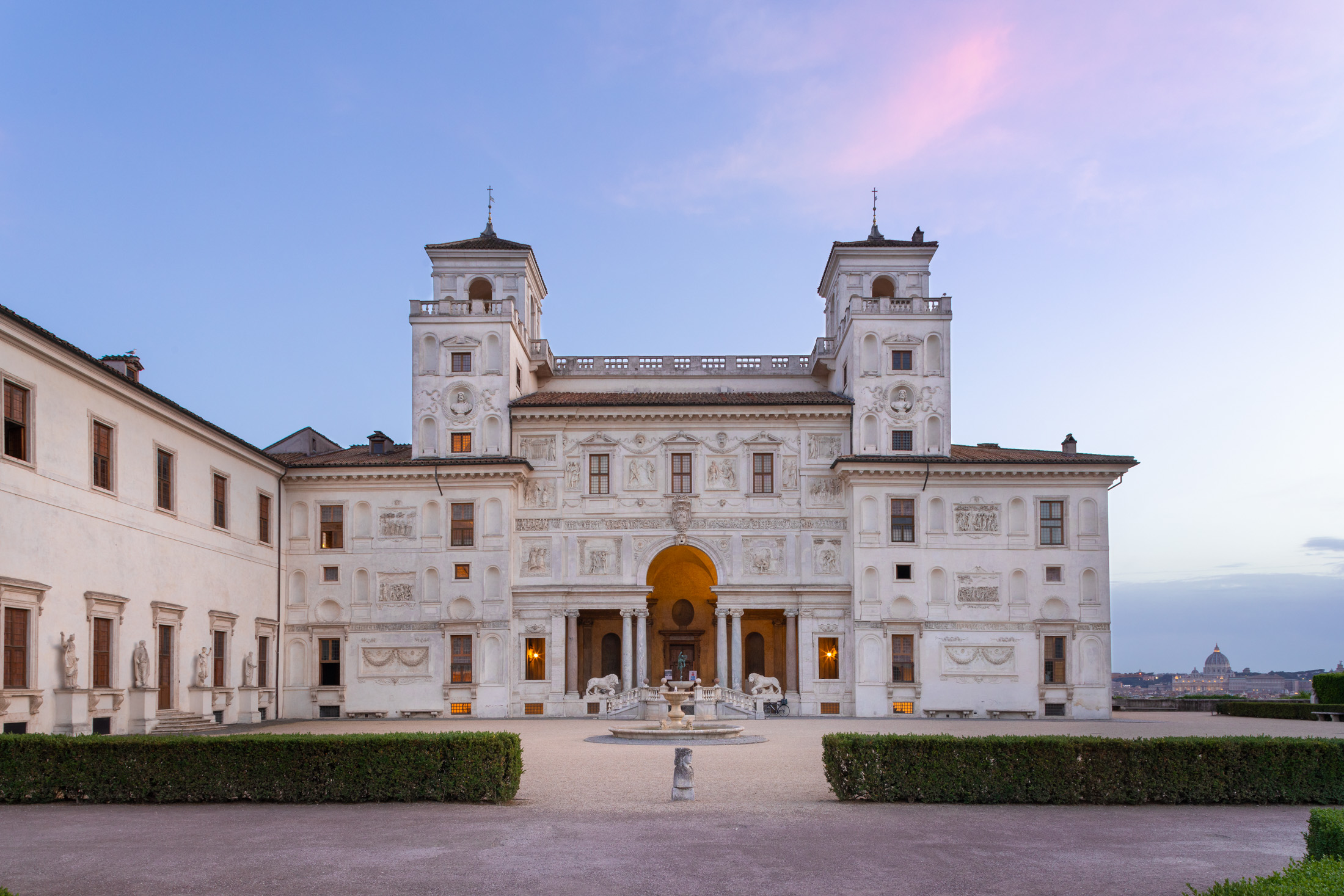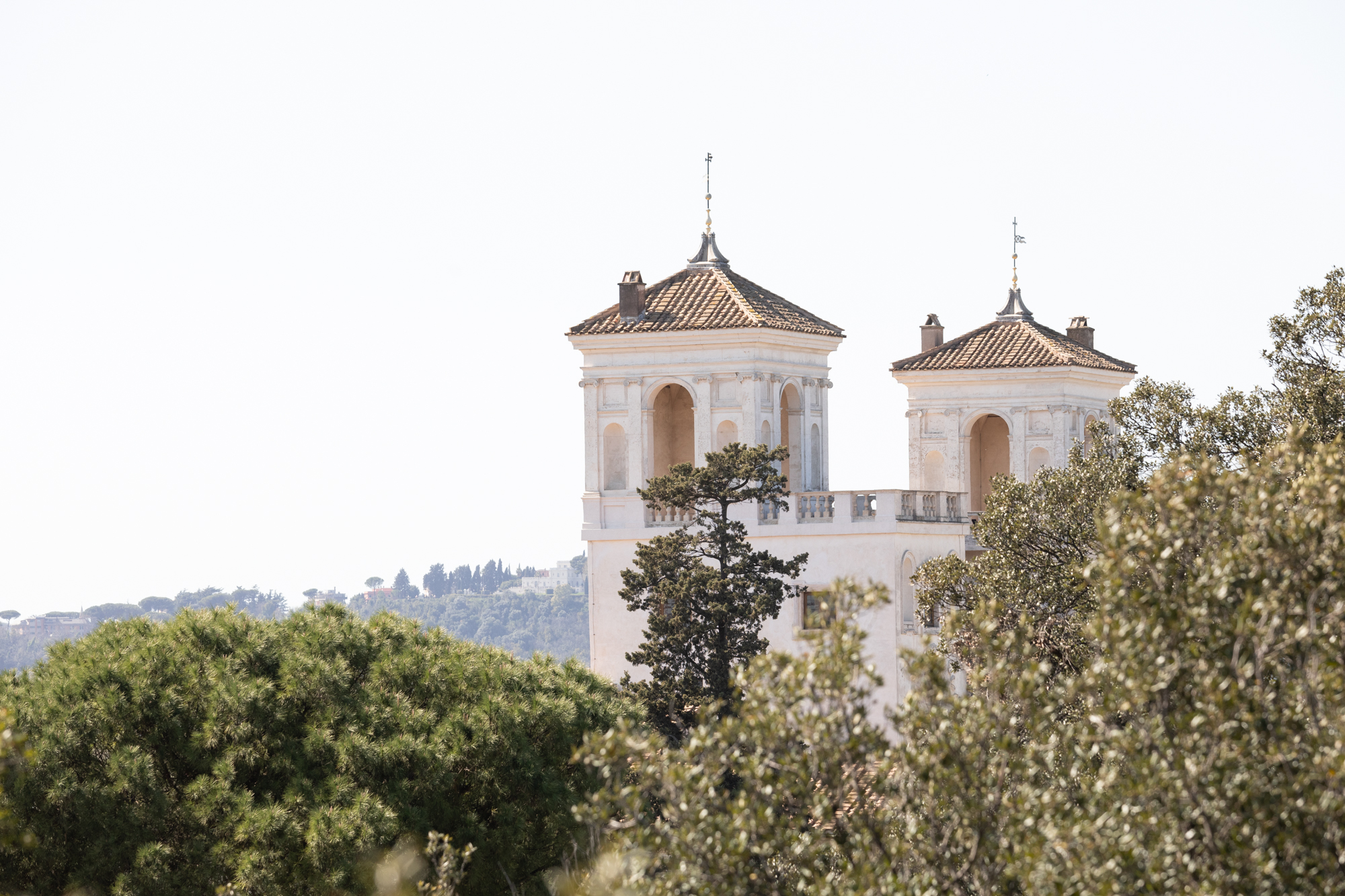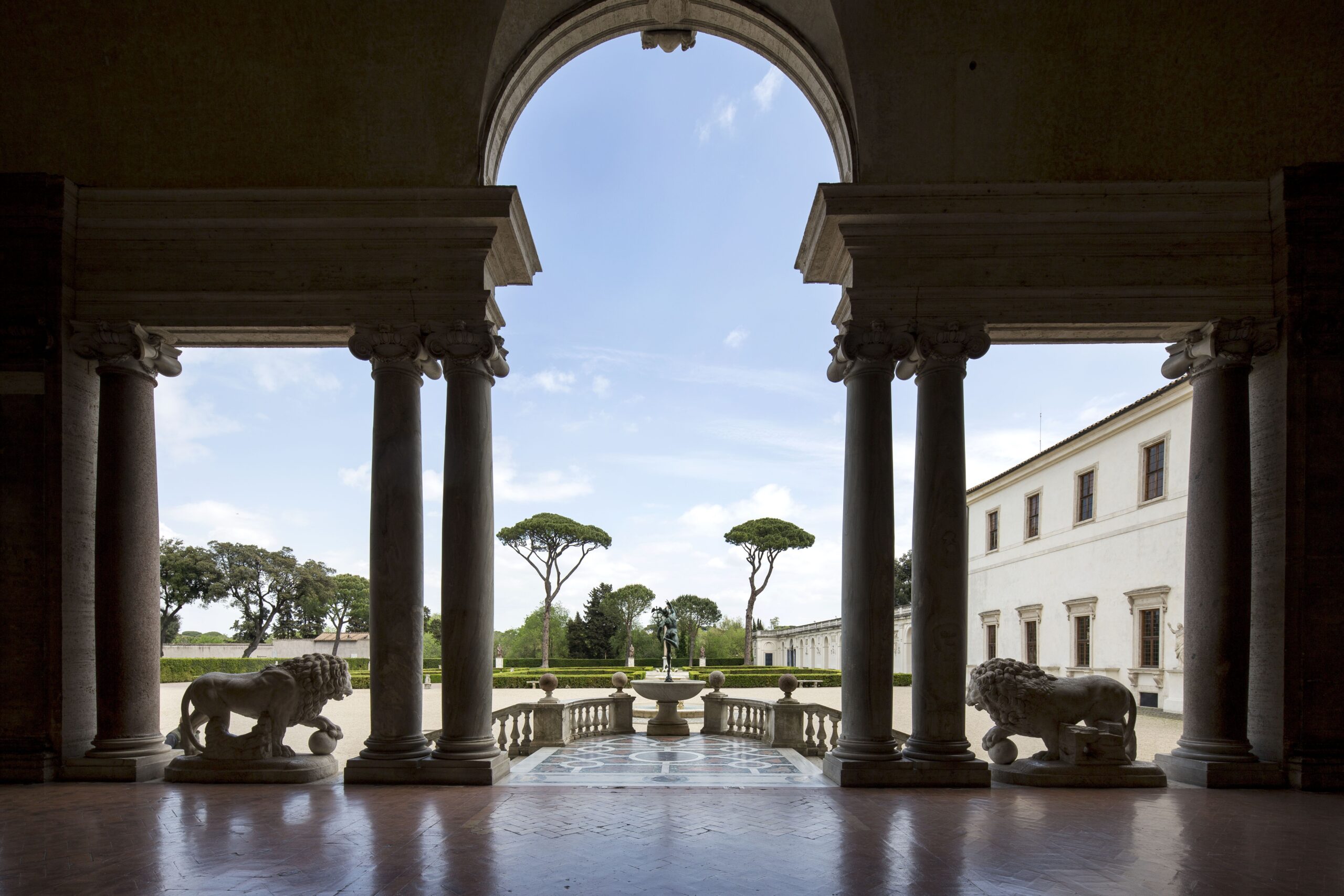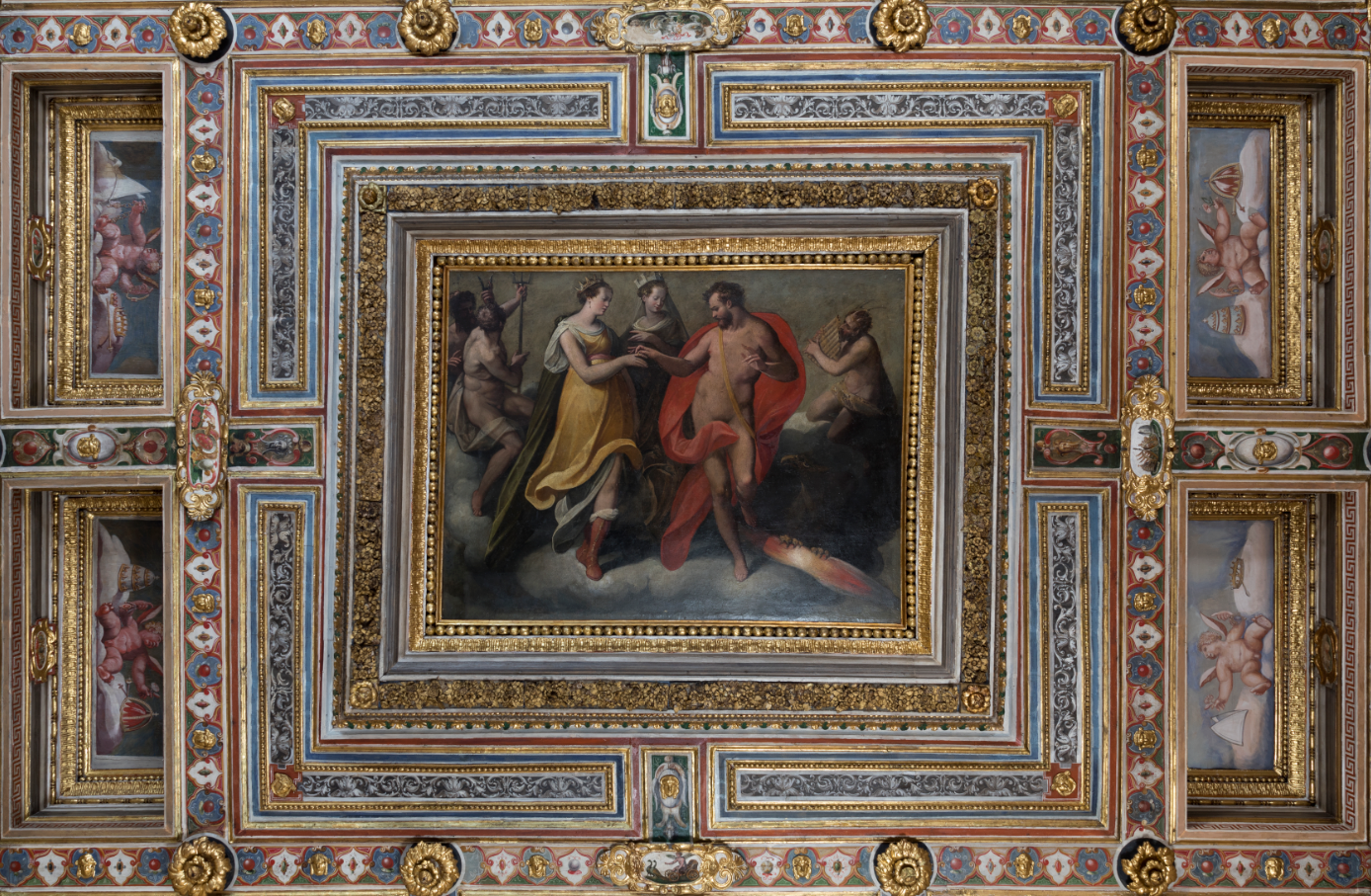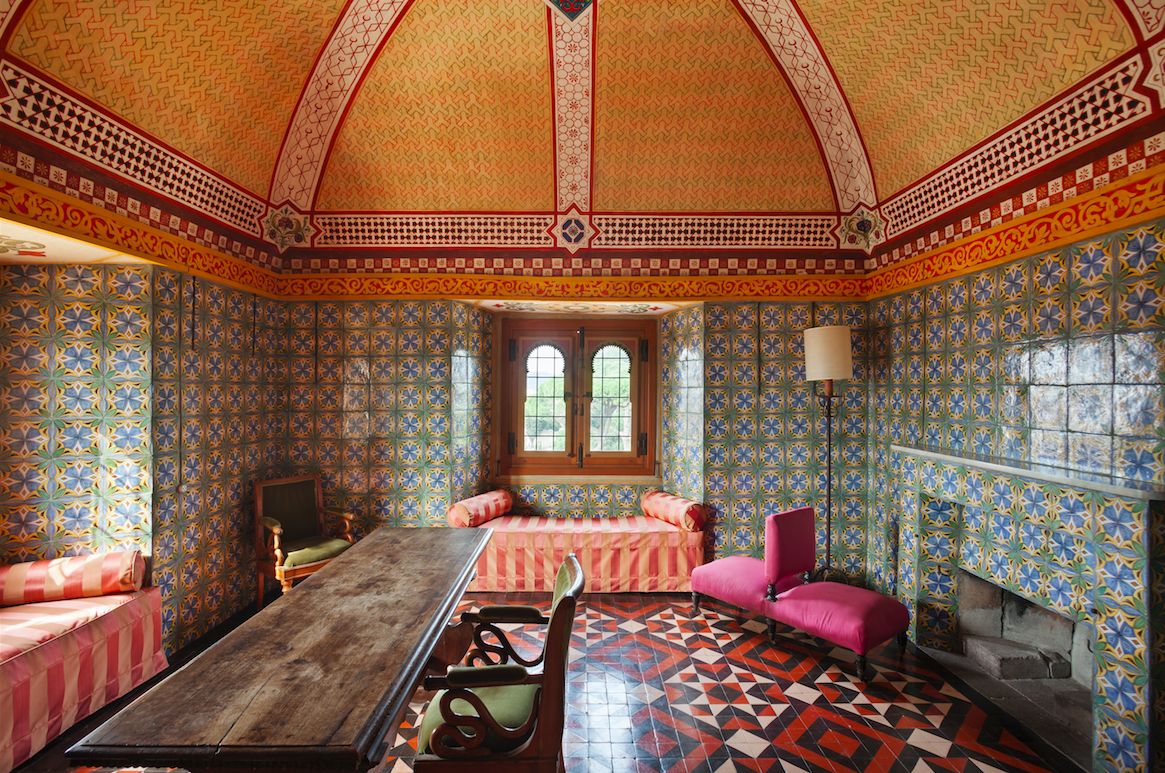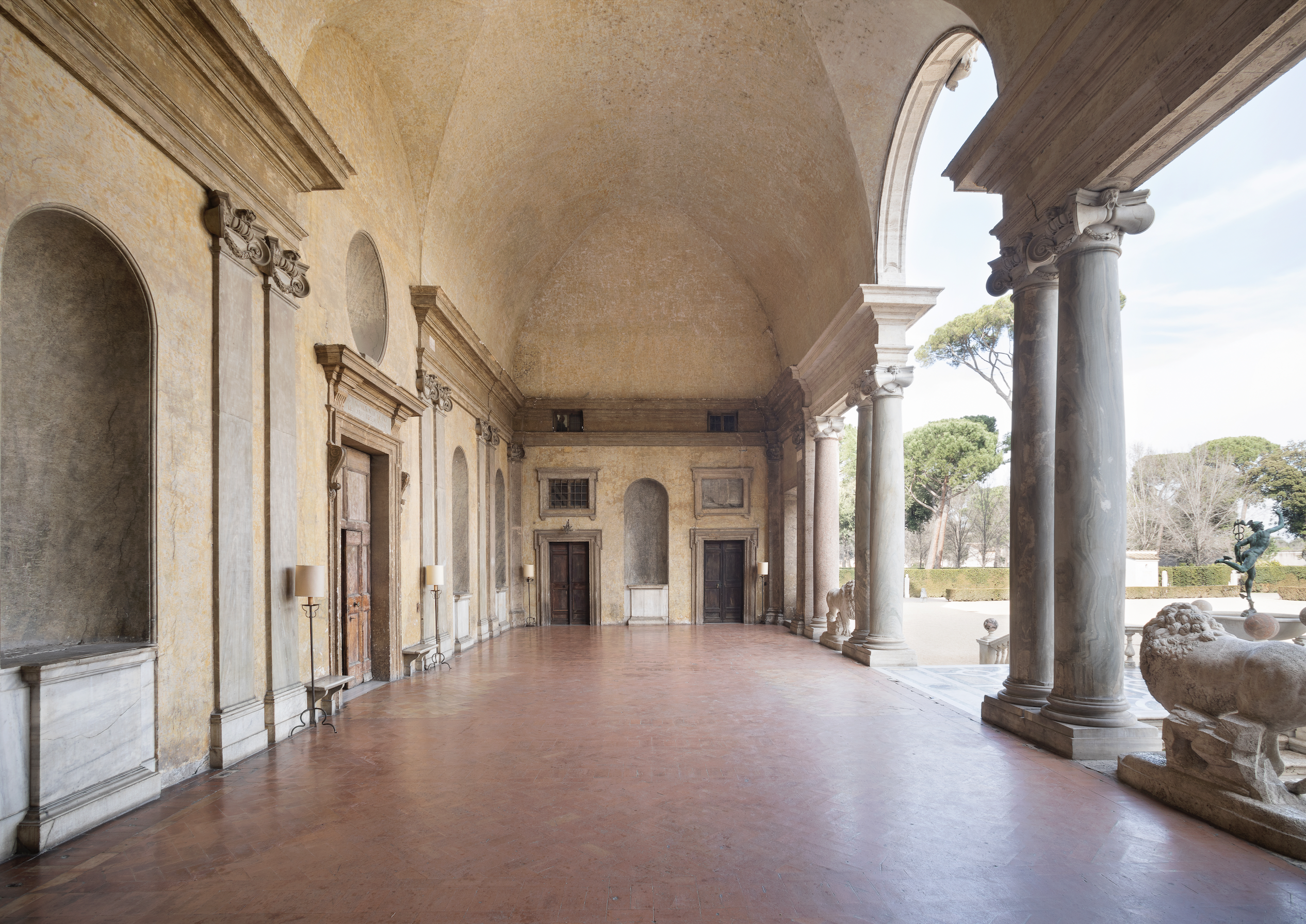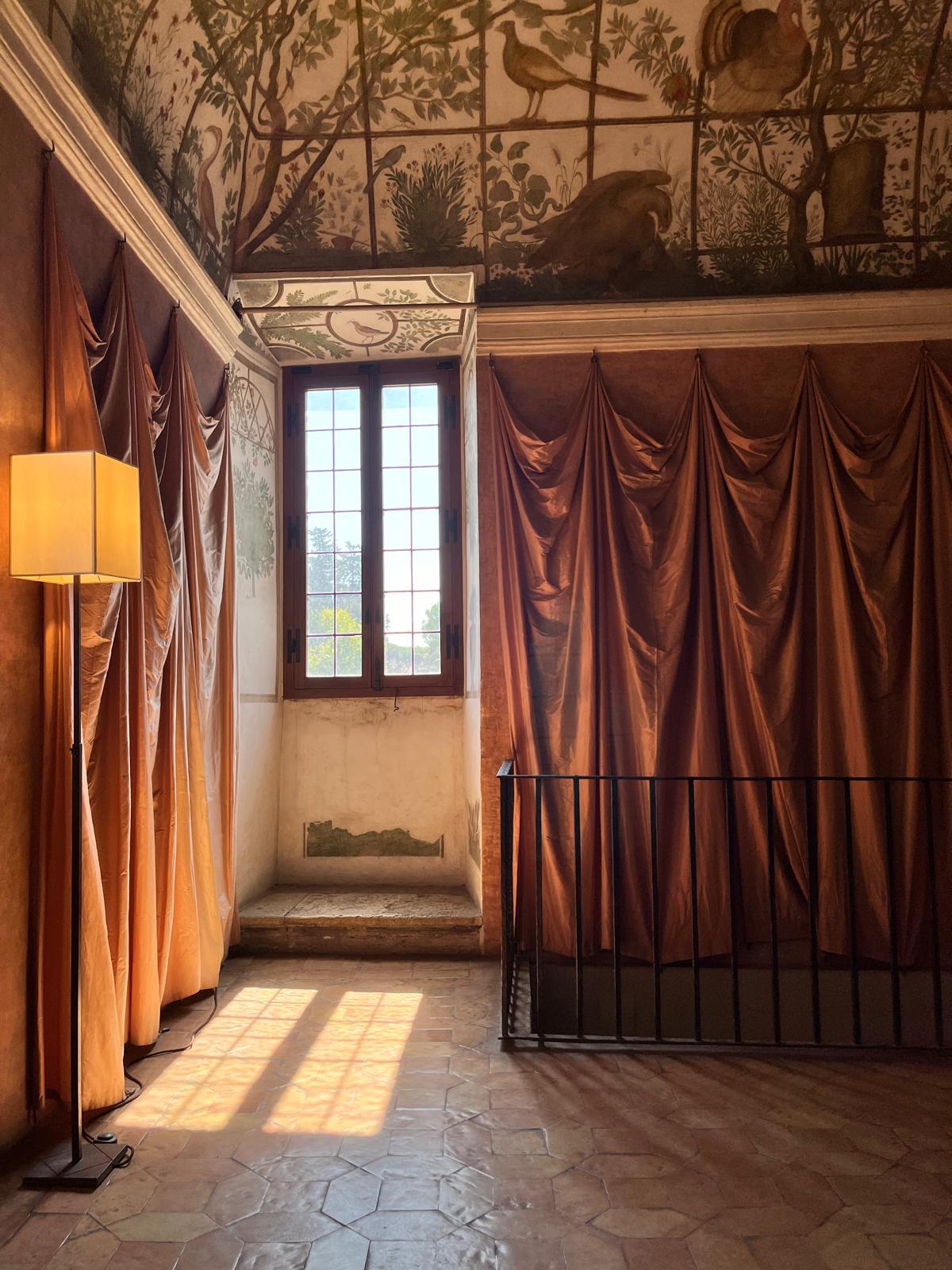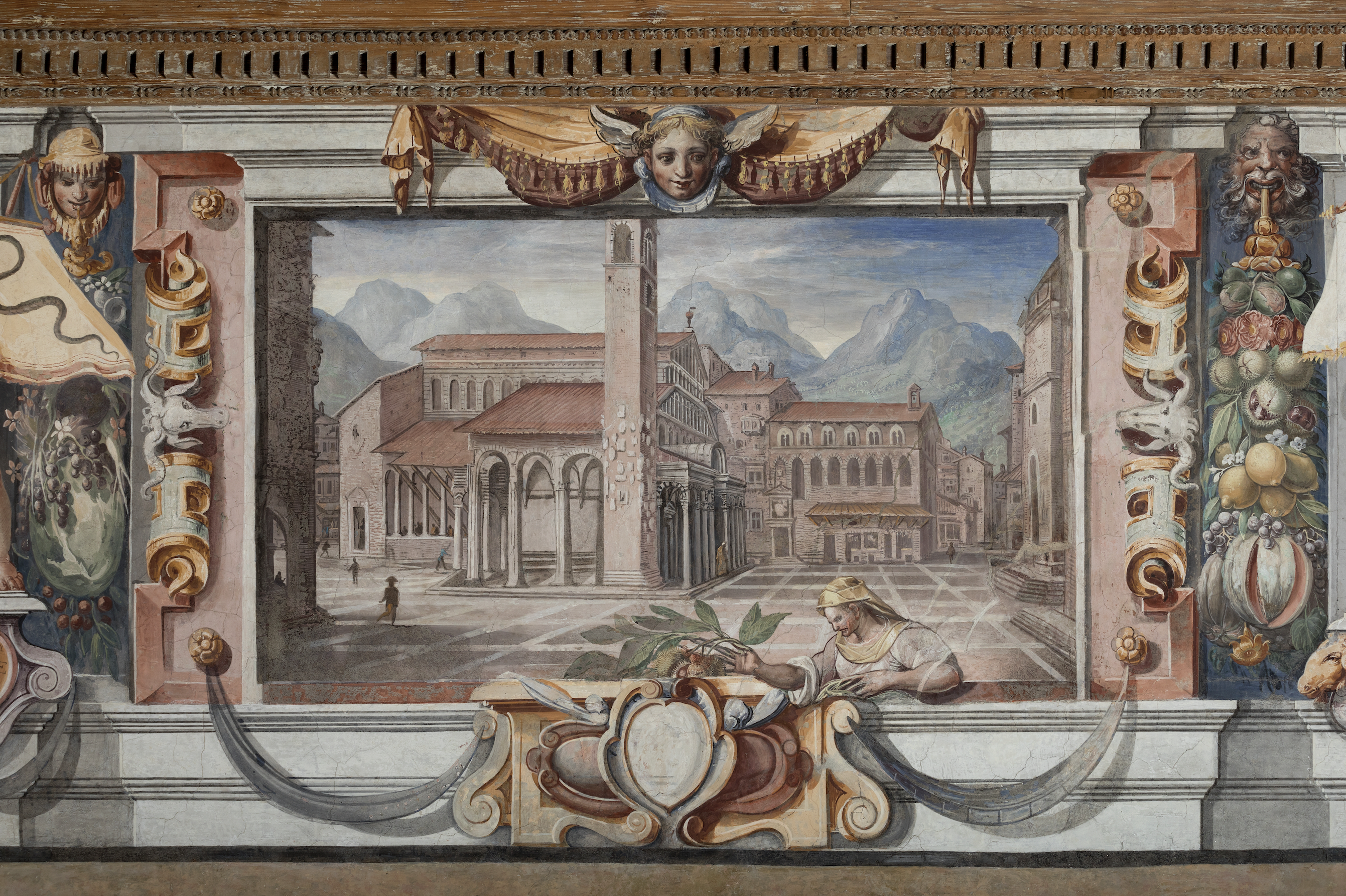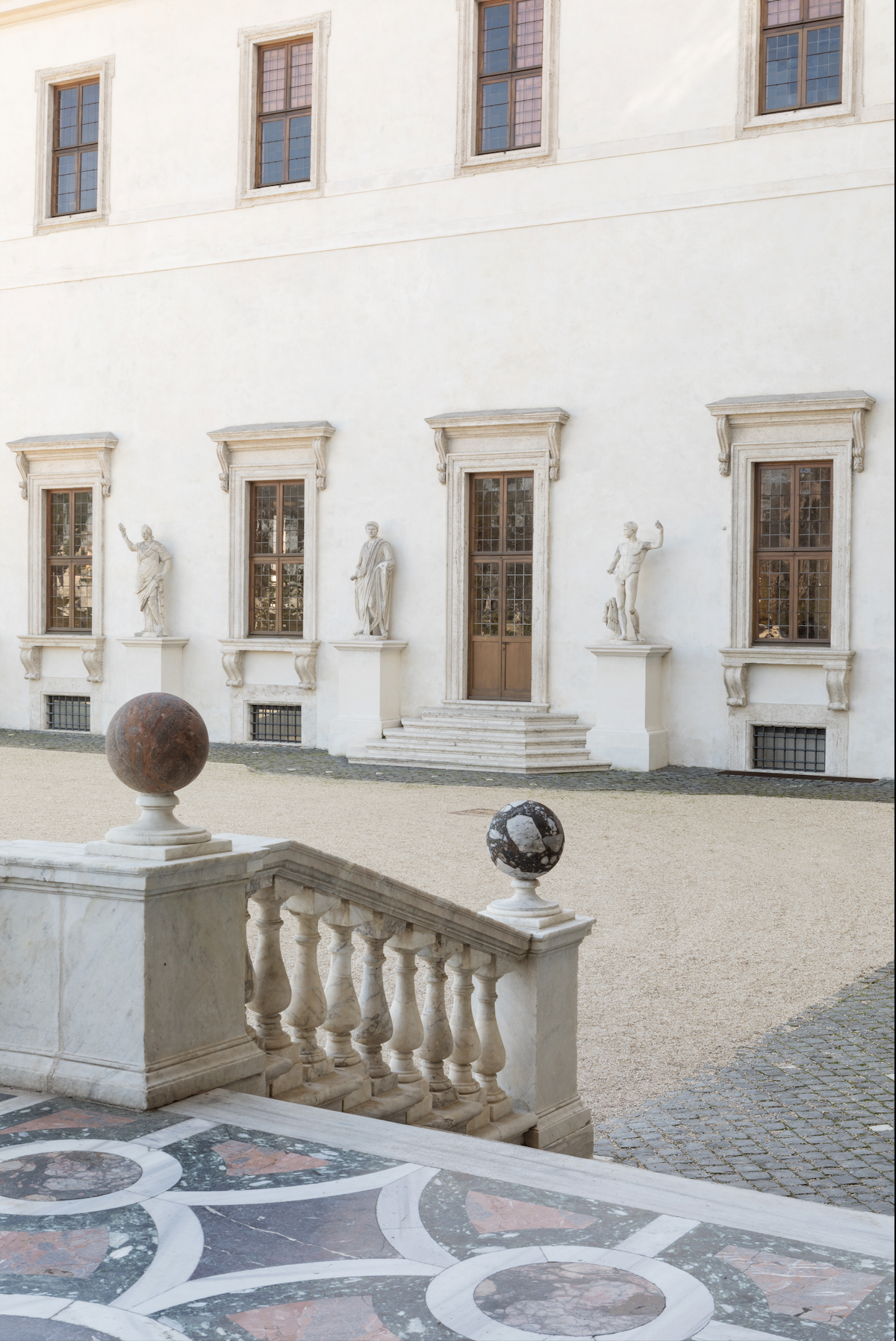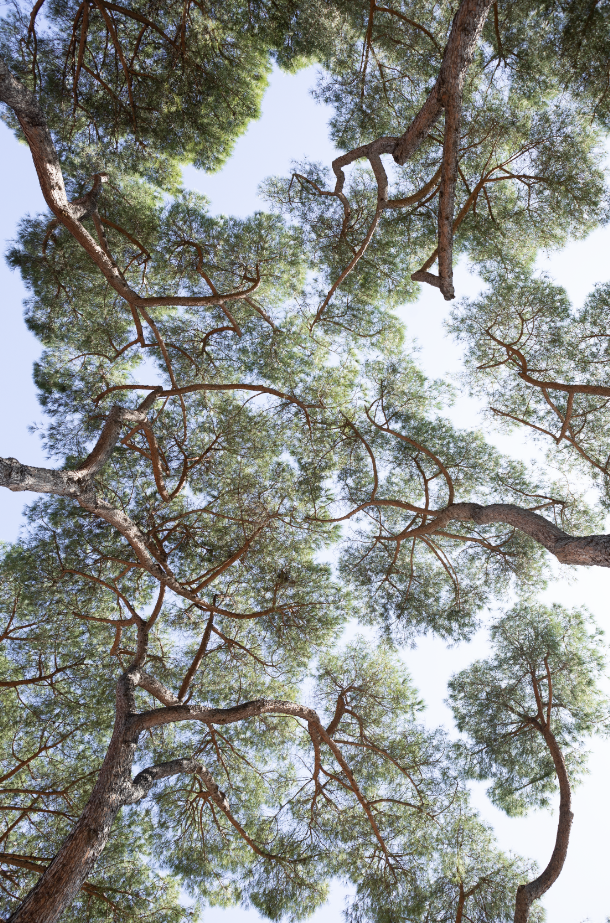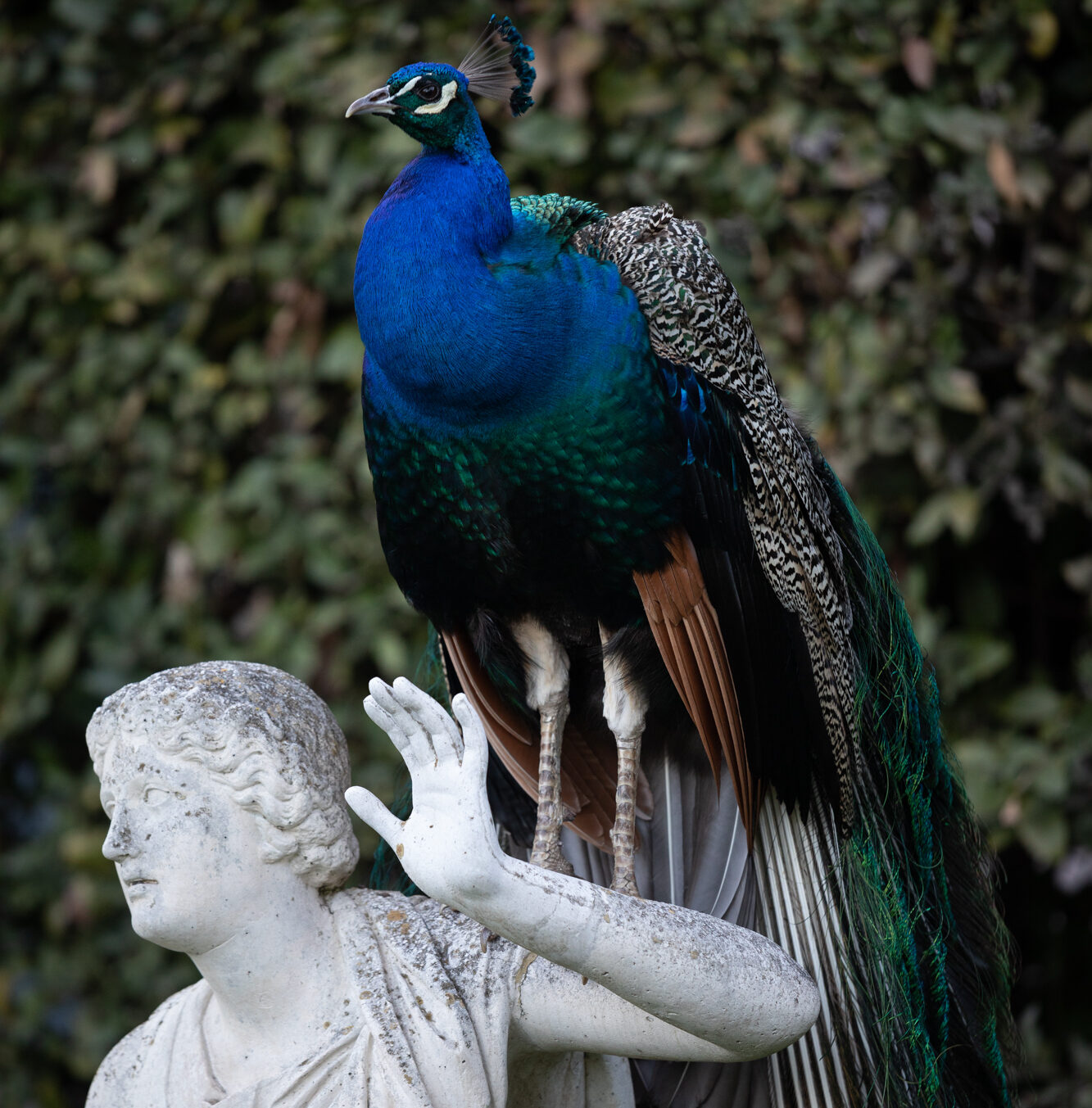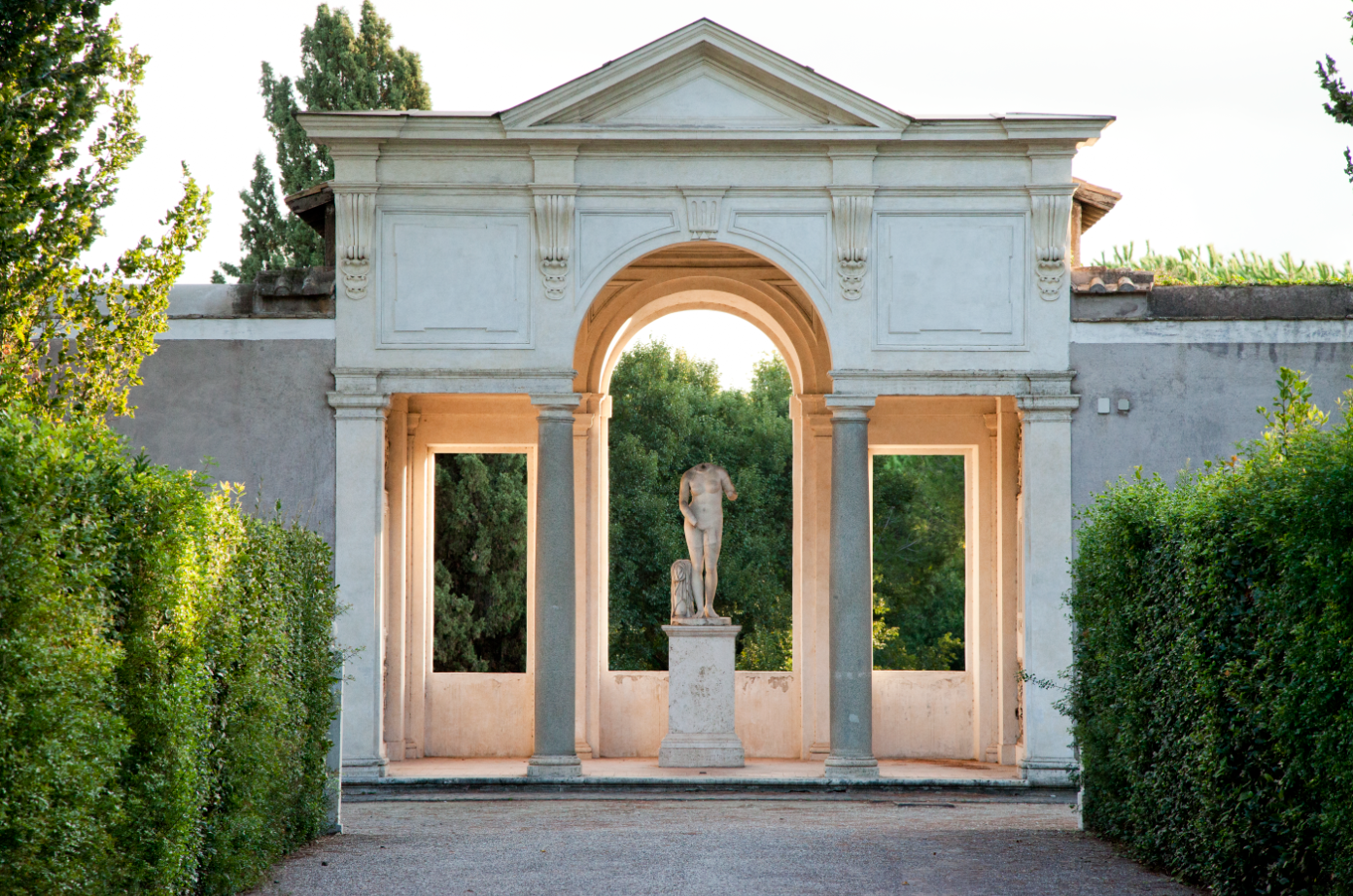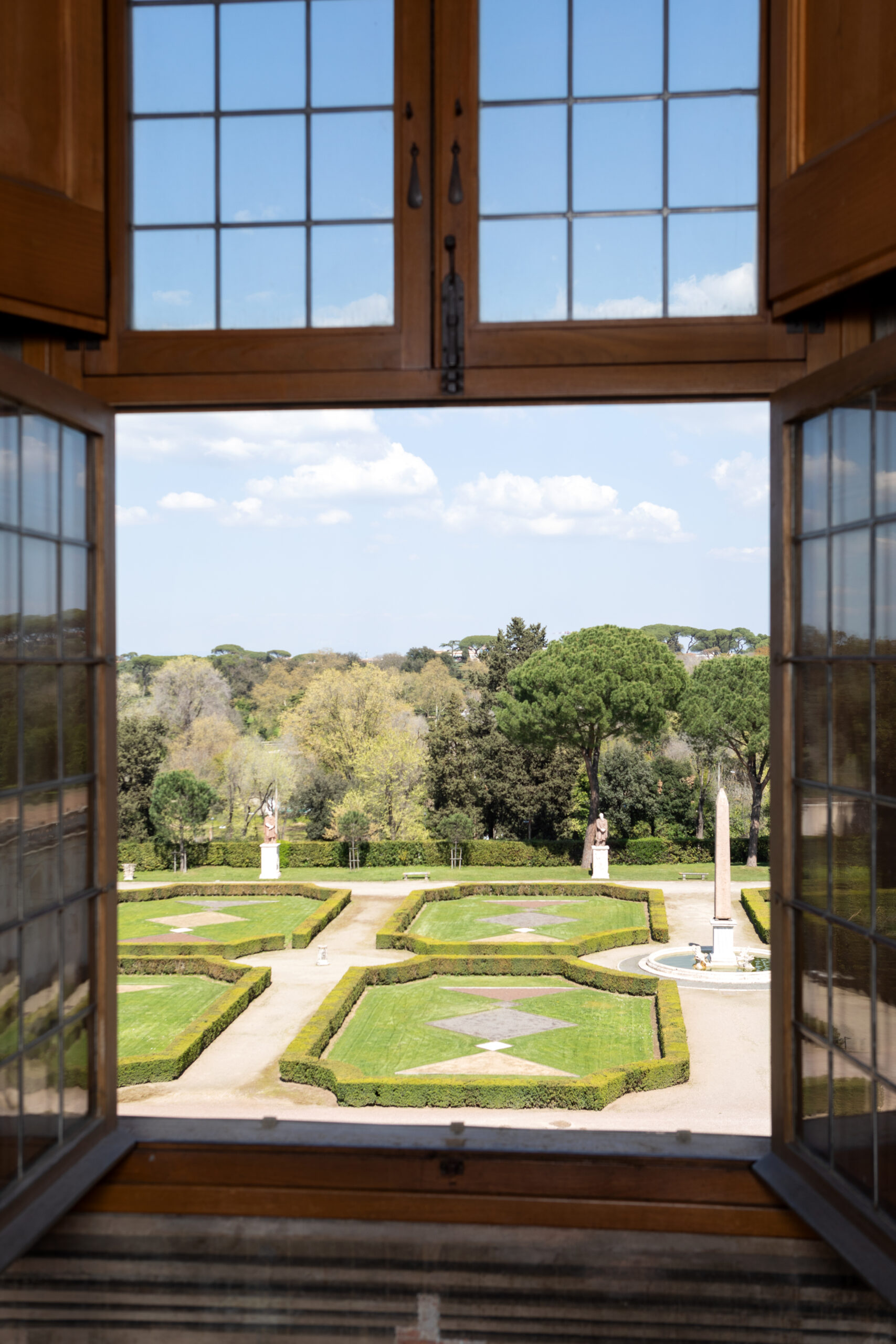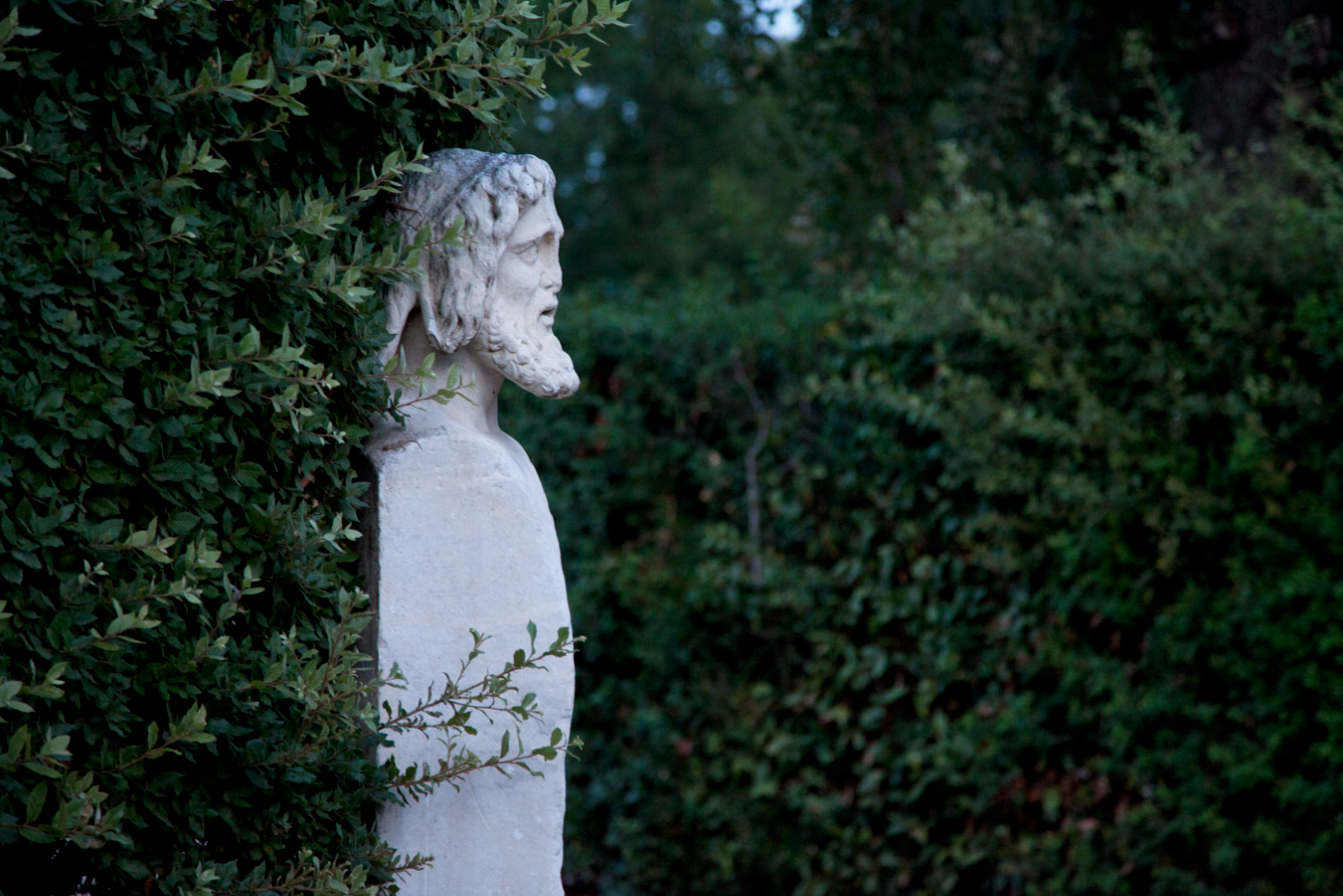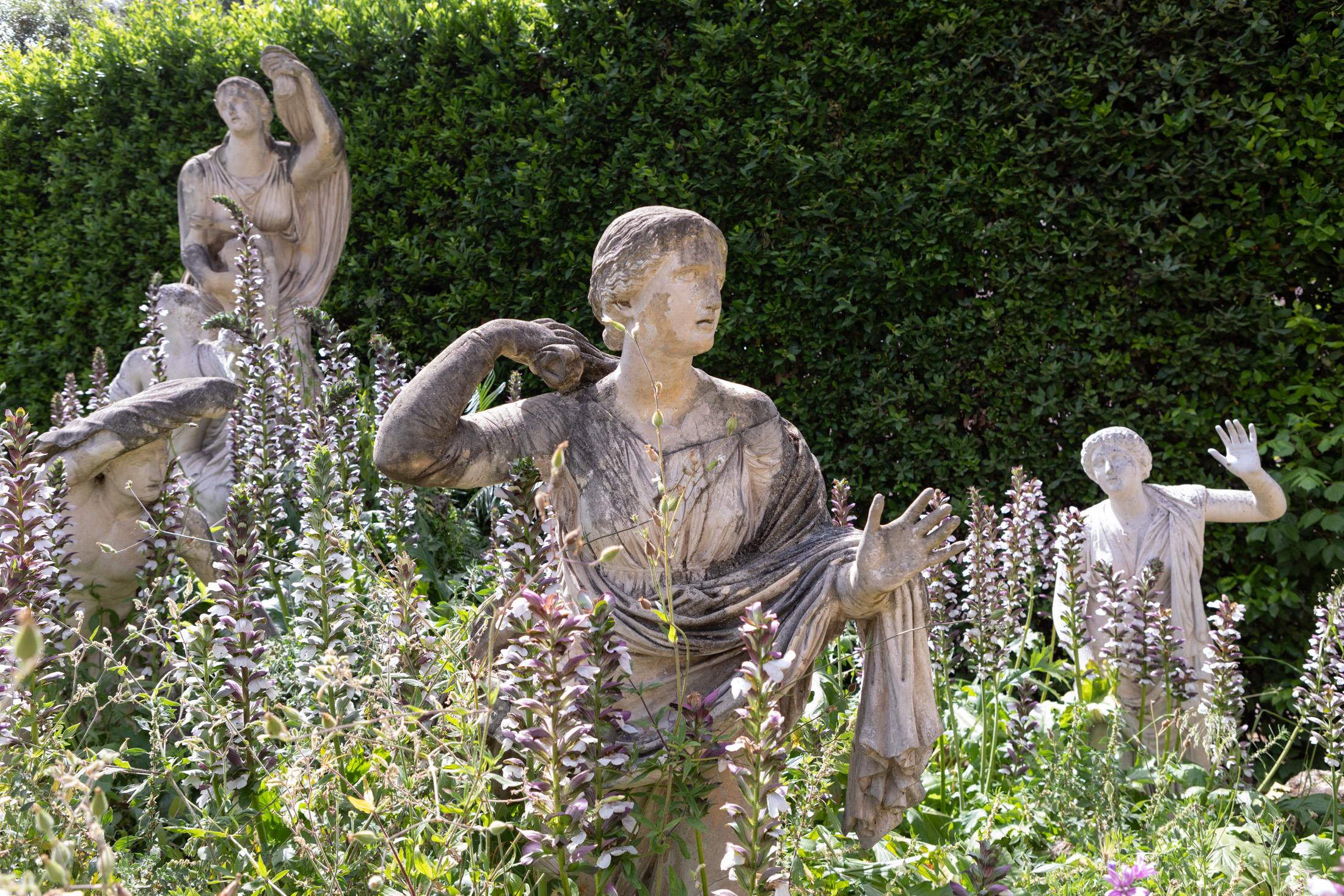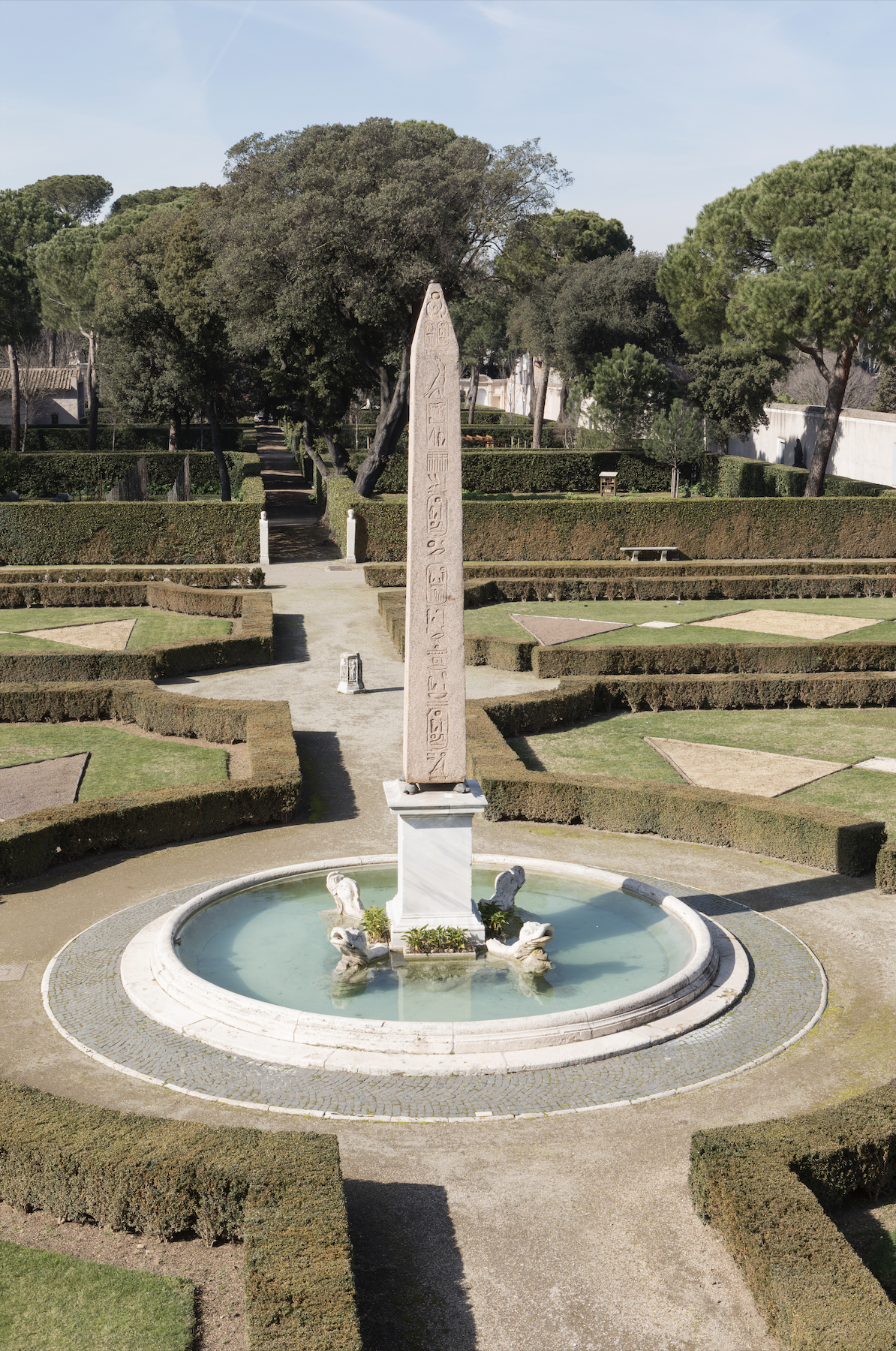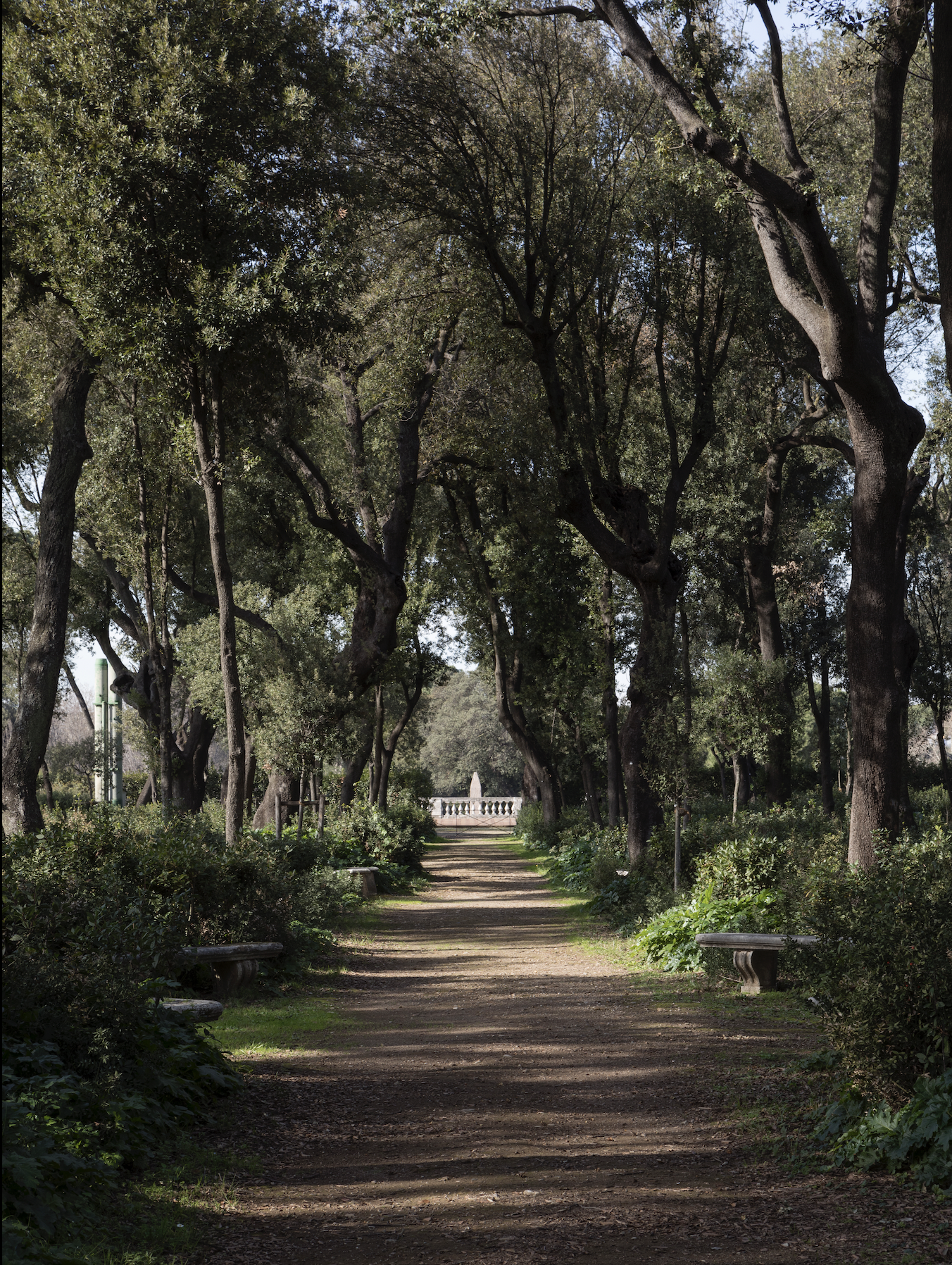Search
The place
Villa Medici
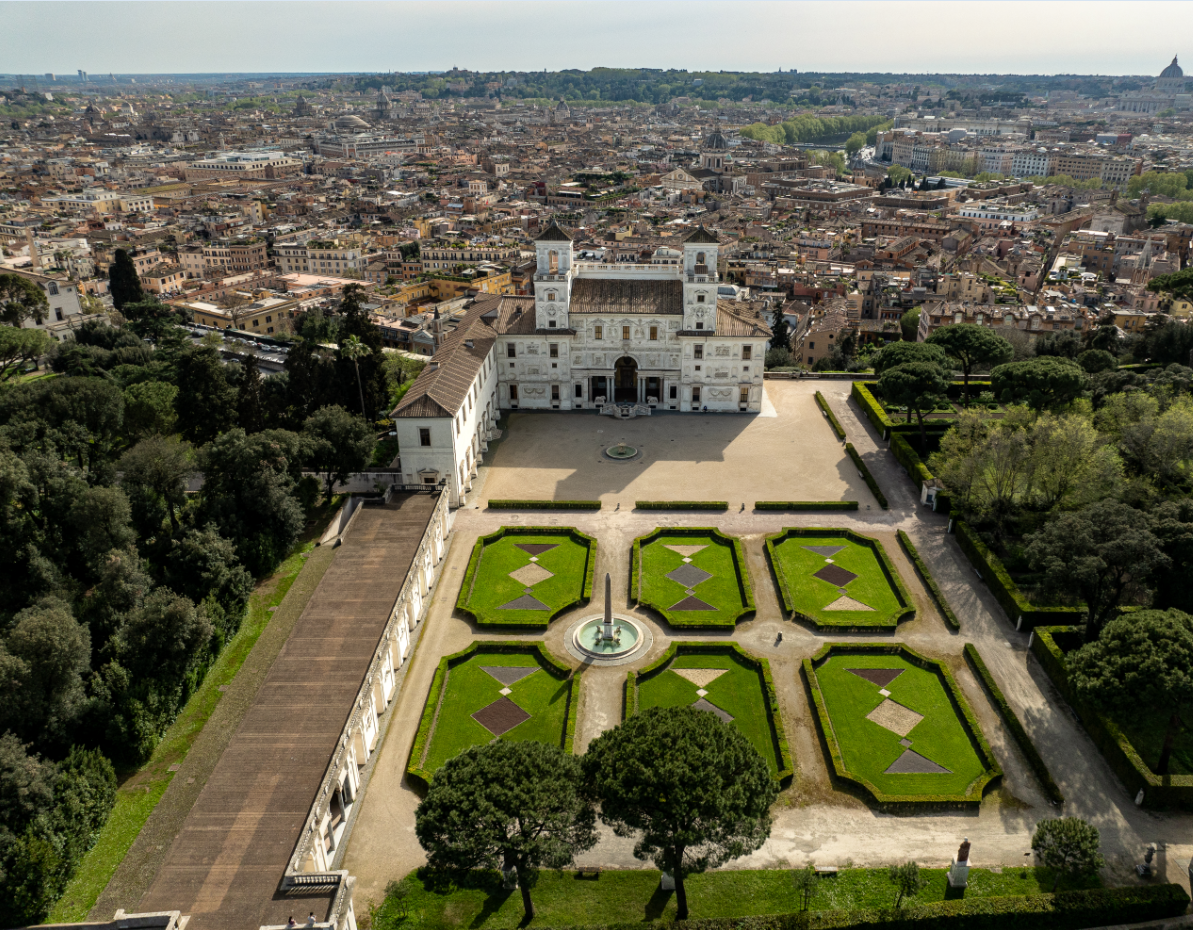
The impressive façade of the Viale della Trinità dei Monti, through which the Villa Medici is accessed, gives no hint of the refinement of the other façade, which from the interior opens onto the gardens through a Serlian loggia. The ancient bas-reliefs that adorn the interior facade and the precious marbles of the portico evoke the magnificence that Ferdinando de’ Medici desired for his Roman villa. Today, one of the main missions of the French Academy in Rome is to preserve, study and enhance the architectural and landscape heritage of Villa Medici.
A Florentine villa in Rome
Villa Medici was the summer residence of Cardinal Ferdinando de’ Medici in the 16th century and is a fully preserved example of a Renaissance villa. Surrounded by a 7-hectare garden bordered on one side by the Aurelian Wall and on the other by a belvedere overlooking the city, with its two symmetrical turrets, Villa Medici has a distinctive outline against the Roman skyline.
The spectacle of the facade
Very different from the one on the city side, the facade on the garden side was designed by architect Bartolomeo Ammannati for Ferdinando de’ Medici. Designed around the central motif of the Serlian feature, the façade is particularly dramatic because of the light coming in from the loggia that opens onto the gardens. The two sculpted lions, the originals of which are preserved in the Loggia dei Lanzi in Florence, evoke the cardinal de’ Medici’s zodiac sign as well as Florence’s emblematic animal. The ancient bas-reliefs that adorn the facade, symmetrically distributed over four floors, depict mythological scenes and sacrifices, as well as tales of Trajan’s wars against the Dacians and Hercules’ struggle against the Nemean lion. The ensemble is completed by sculpted theatrical masks.
The frescoes by Jacopo Zucchi
The coffered ceilings and friezes in the cardinal’s apartment above the loggia, created by the Florentine painter Jacopo Zucchi and his atelier around 1584-1585, are among the most important decorative works in Villa Medici. Conceived by poet and humanist Pietro Angeli da Barga, the cosmological and mythological painted decoration of the apartment evokes the glorious destiny of Ferdinando de’ Medici.
In the Room of Loves, the paintings on the ceiling were burned in the early 18th century by order of Cosimo III de’ Medici, who considered them to be too licentious. As of 2015, they have been replaced by seven large panels commissioned by Villa Medici from painter Claudio Parmiggiani (1943-), which reveal the evanescent silhouettes of hundreds of butterflies.
At the far end of the gardens, above the Aurelian Walls, two adjacent rooms frescoed in 1576-1577 form the place commonly designated as the Studiolo. The first room features a fabulous fresco that has earned it the nickname the “Room of the Birds”: dozens of species of birds and animals populate an arbor surrounded by abundant flora. This intimate setting, concealed under a whitewash probably applied in the early 19th century, was spectacularly discovered in 1985 by scholar and restorer Géraldine Albers (read more here). The Room of the Birds underwent a complete restoration in 2010-2011, directed by Luigi De Cesaris.
A small room adjacent to the Room of the Birds, the Aurora Room, features grotesque decorations on the walls and ceiling, referring to paintings found in Emperor Nero’s Domus Aurea. Such a variety of decorations was not to be seen again until much later, when the artist Horace Vernet, director of the Academy from 1829 to 1834, decorated one of the turrets of the Villa Medici with neo-Moorish décor in the so-called “Turkish” Room, covered with colored terracotta and wood panels, as well as a painted ceiling, expressing the Orientalist dream of his time. A century later, this decorative work reportedly inspired one of Balthus’s famous paintings, among others, The Turkish Room, 1965-1966, Centre Pompidou, MNAM-CCI, Paris.
The works by Balthus
The painter Balthazar Klossowski de Rola, known as Balthus, helped shape the appearance of Villa Medici during his directorship from 1961 to 1977. As soon as he took office, he focused on the restoration of the building and garden to restore the Villa’s character and splendor. In particular, he created wall decoration in delicate, luminous hues that interacted with the 16th-century frescoes on the upper walls of some of the rooms. Balthus sought the right nuance by reworking old layers of paintings superimposed in a variety of colors. The final touch was to rub the walls with bottle bottoms to alter and veil the result, producing a vibrant effect and a glossy patina.
Balthus also focused on redecorating the Villa Medici, traveling around Italy in search of unique objects and bringing 18th-century Italian furniture back to Rome to furnish rooms and salons. He personally designed a number of furnishings and accessories, including the famous lamp that now bears his name and illuminates all the rooms of Villa Medici with soft light. On his initiative, the original layout desired by Ferdinando de’ Medici was restored in the gardens, masterfully enhancing the copies of ancient sculptures belonging to the cardinal’s collection.
A Stroll through the Gardens
The historic garden of Villa Medici covers nearly 7 hectares and has a considerable botanical heritage, including the last surviving specimens of the majestic umbrella pines planted by Jean-Auguste-Dominique Ingres in the early 19th century.
In 1564, Cardinal Giovanni Ricci bought the estate. At the time, it was a modest plot planted with grapevines, but then became a major development project. One of his great accomplishments was the irrigation network that fed the numerous fountains, designed by the Milanese mathematical engineer Camillo Agrippa. In 1576, Cardinal Ferdinando de’ Medici acquired the property from the Ricci heirs, continuing the work of his predecessor and expanding the estate.
Inspired by Tuscan gardens, Villa Medici’s garden is divided into three main areas: the piazzale with the adjacent quadrangles, the woods and the braccheria (bloodhound kennels for hunting). Facing the loggia, the piazzale runs along the central axis of the Villa, while the quadrangles consist of sixteen green areas bordered by hedges, giving the garden a maze-like appearance. The wood, planted with holm oaks, is the most mysterious part of the garden, where Ferdinando de’ Medici loved to hunt birds. The braccheria, an area historically reserved for the kitchen gardens, now houses the greenhouse and some of the living quarters for Villa Medici fellows.
The garden, a product of sophisticated planning, is full of surprising and fascinating details: the numerous copies of ancient works from Ferdinando de’ Medici’s collection, the monumental Cleopatra’s Loggia, the Obelisk of the Dolphin Fountain, and the Niobids, a group of thirteen sculptures depicting the myth of Niobe, copied from the originals preserved in the Uffizi in Florence. The Viale Lungo, the main axis of the garden, crosses the entire property and culminates, at its northern end, with a view of the majestic statue of the Goddess Roma, patroness of the city.
Silent presences in the garden, the Hermes, placed at the corners of the avenues, are busts and heads set on vertical blocks of marble. In ancient Greece and Rome, these works marked property boundaries, crossroads and roads. There were 72 in Ferdinando de’ Medici’s collection; but most of the ancient heads were replaced in the 1990s with plaster casts.
Only the piazzale and quadrangles are accessible during guided tours.
Learn more about Responsible Garden Management at Villa Medici
